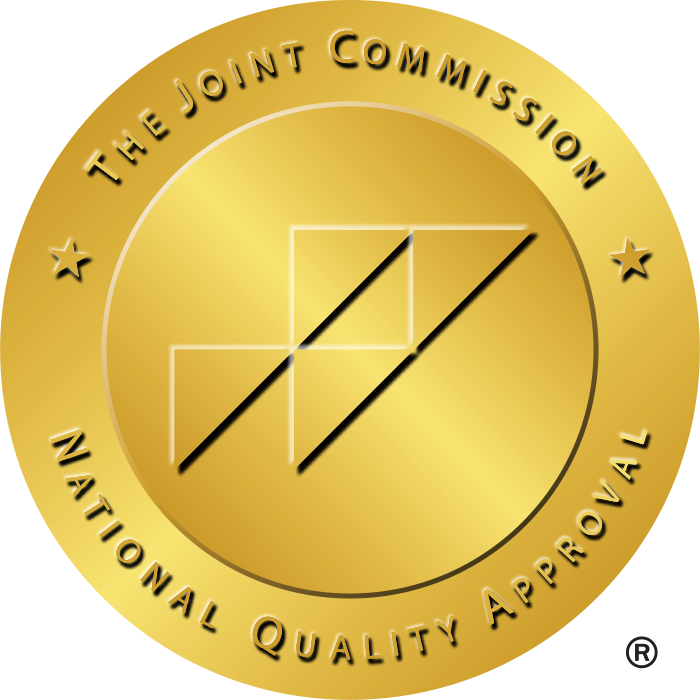Five States Facing the Biggest Nursing Shortages
Projected demand and a talent shortage show a workforce disconnect
According to the US Bureau of Labor Statistics (BLS), the number of registered nurses (RNs) in the United States is projected to grow by 6% through 2033, leading to approximately 194,500 job openings for nurses annually. However, the BLS also forecasts that fewer than 175,000 new nurses will enter the workforce during this period. This disconnect between the number of available positions and the incoming workforce highlights a persistent issue in healthcare.
While the supply and demand imbalance in nursing is nothing new, the nursing shortage exacerbated the COVID-19 pandemic. The global crisis led to a significant increase in nurse burnout, as one survey found that nearly 40% of nurses wanted to leave the profession in 2022. Additionally, nursing salaries aren’t keeping pace with the workload, and many nurses feel their compensation does not match the job’s demands. Coupled with the cost of a nursing education, it’s no surprise that the pool of nursing talent is dwindling, even as the demand for nurses continues to rise.
A nationwide problem with state-level implications
With fewer nurses available to meet patient demand, healthcare facilities struggle to maintain adequate services. Rural areas, in particular, feel the strain as hospitals and clinics experience longer wait times, increased patient loads, and even potential facility closures due to staffing challenges.
As the demand for nursing professionals continues to grow, identifying the states with the most pressing need for nurses can guide workforce development strategies in healthcare. Highlighting the states with the greatest need can also draw attention to opportunities for nursing professionals looking to move to areas of the country they may not have previously considered.
Nationwide, nurse practitioners, nurse anesthetists, and nurse midwives are expected to remain in demand until 2037. Workforce projections indicate that the greatest need will be for registered nurses (RNs) and Licensed Practical Nurses (LPNs), as significant shortages are anticipated in both roles in the coming years.
This problem varies tremendously from state to state. The following states are seeing the greatest need for nurses by the year 2037:
Maryland
The Old Line State currently has the 6th highest shortage in the nation at 25%. While demand is around 60,000, Maryland only has around 45,000 RNs. By 2037, the state is expected to reduce its shortage to 20%. However, that’s still in the top three for the country’s worst shortage by then. This is the equivalent of Maryland needing over 13,500 nurses to meet demand in 2037.
Things have become so dire in Maryland that the head of external affairs for the MHA called the situation “unsustainable.” The primary cause of this significant shortage is that qualified nurses in Maryland are choosing to work for agencies as travel nurses rather than remaining in the state.
- South Carolina
The Palmetto State is projected to experience a registered nurse (RN) shortage of approximately 19% by 2037. This equates to the state needing nearly an additional 12,000 full-time hours in 2037 to meet demand.
As of 2025, South Carolina is facing a 28% shortage of registered nurses (RNs). The state currently has just under 40,000 RNs but needs over 55,000 to meet demand. The shortage has been exacerbated by a lack of full- and part-time faculty to adequately teach aspiring students. Additionally, retirement projections (people living longer in the state) and South Carolina’s growing population have intensified the state’s shortage crisis.
- Michigan
Michigan is also projected to have a shortage of 19%. The difference is that since the state is larger, an additional 21,000+ full-time hours are required to meet demand by 2037.
Unlike South Carolina, which is projected to improve over time, Michigan is projected to be on a downward spiral until 2037. The Great Lakes State has a current shortage of 16%.
Michigan’s demand for nursing care stems from a shortage of graduating nurses. Those with graduate degrees often pursue more lucrative options, such as clinical practice, research, or teaching. Each year, many qualified applicants are turned away from master’s or doctoral programs due to limited capacity and faculty shortages. For instance, one community college in Flint, MI, reduced its new admissions from 80 to 64 students in response to a decision for a higher faculty-to-student ratio for clinical training by the Michigan Board of Nursing.
- Washington
Washington currently has a shortage of 13%. While alarming at first, there are still 20 states in a worse position than the Evergreen State. However, it’s expected that the state will have a shortage of 22% by 2037, putting it in the second-worst position in the country. This is the equivalent of Washington needing an additional 19,000 full-time hours to meet demand.
The state recently passed a bipartisan bill, Senate Bill 5582 to combat this. This bill aims to address the nursing shortage in the state by expanding educational opportunities and reducing barriers for nurses. The bill will allow high school students in training to become certified nursing assistants in understaffed rural hospitals throughout the state.
- North Carolina
The Tar Heel State is also expected to face a 22% nursing shortage. To meet demand, nearly 30,000 full-time hours will be needed by 2037.
Currently, North Carolina is experiencing a 15% shortage, ranking as the 20th worst in the nation. However, it’s projected to become the state with the worst shortage due to a lack of individuals interested in pursuing nursing careers and a shortage of nursing educators in the state.
The NC Institute of Medicine recently released eight recommendations to solve workforce issues, focusing on recruitment and retention. Their report claims that increasing the number of nursing graduates by 10% could reduce the projected shortage by about 2,000 nurses.
Another problem is the lack of pay for nurses in North Carolina. With an average salary of just south of $80,000, the state is on the lower end. This may lead to nurses in North Carolina looking for work elsewhere.
The ongoing nursing challenge
With an aging population and rising demand for healthcare services nationwide, nursing shortages are a challenge in every state and community. States such as Maryland, North Carolina, and Washington underscore an urgent need for workforce management intervention, including more education, training, and faster hiring to meet demand.
These workforce gaps aren’t just numbers; they represent longer waiting times, reduced access to care, and increased strain on existing nurses. A lot hinges on whether state and federal policymakers can respond effectively to this growing challenge. Decisions about education funding, licensing pathways, workplace standards, and retention will shape the future of nursing. Hospitals and healthcare organizations that are proactively reacting to shortages with better hiring and retention programs will be better positioned for overall success.

Leah Moss
VMS Operations
Check out more expert Insight from StaffDNA in these articles

Answers to Commonly Asked Questions about Nursing and Allied Healthcare Roles
FAQs about allied, nursing and advanced practice jobs with answers from experts in the industry

Understanding Healthcare Job Types: Staff vs. Per Diem vs. Travel
Choosing a career path in healthcare means more than just selecting a job; it involves a deeper understanding of the field.

Tax Homes and Take-Home Pay: What Every Travel Nurse Needs to Know
The 2025 tax season may be over, but it’s not too early to think about 2026. If you’re a travel nurse or just starting out, it’s a good idea to stay informed about the residency rules for travel nurses.

10 Benefits of Travel Nursing
Are you a nurse considering options that will bring you “more?” More income, more excitement, more career options, and more benefits? Becoming a travel nurse might be for you.

From Bedside to Boardroom: How Healthcare Workers are Stepping Confidently into Leadership Roles
Feeling unchallenged in your role and constantly spotting ways to improve your department? It may be time to answer the call to leadership in healthcare.

Critical Condition: Workforce Technology Breakthroughs Are Healthcare’s Lifeline
Healthcare organizations face some tough workforce challenges: tight budgets, lean IT teams and limited tools for sourcing, hiring and onboarding staff.

